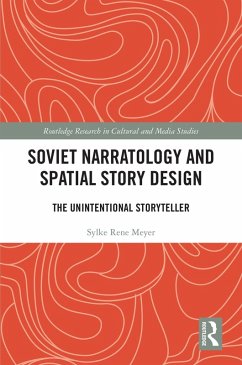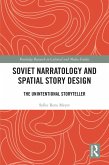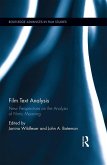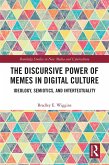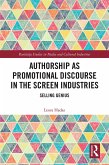Following a discussion of Russian Formalism that relativized the notion of authorial intention and emphasized the primacy of structure, the analysis considers the works of Mikhail Bakhtin, who laid out the groundwork for a chronotopical-spatial analysis of literature that contributes to a grammar of user-generated narrative, as well as the works of Juri Lotman and the Tartu-Moscow Semiotic School. The author shows how these works have been influential through the works' topological semantics that provide a vocabulary for literary analysis and practical tools for spatial story design to predict-to some extent-user behavior; and through the semiotic study of text, culminating in a cybernetical method of systems thinking that allows for process control of user-generated spaces. She demonstrates that cybernetical research in the United States contributed to the development of agonal (shooter) games, while cybernetical research in the Soviet Union had a massive influence on role-playing games, and consequently interactive storytelling and spatial story design.
Delineating how Soviet narratology had a formative-yet somehow unnamed-influence on the development of structuralist and post-structuralist narrative theory, this book will be an essential read for academics and artists in performance art, game design, interactive storytelling, narratology, philosophy, but also AI research, and human-machine interaction.
Dieser Download kann aus rechtlichen Gründen nur mit Rechnungsadresse in A, B, BG, CY, CZ, D, DK, EW, E, FIN, F, GR, HR, H, IRL, I, LT, L, LR, M, NL, PL, P, R, S, SLO, SK ausgeliefert werden.

